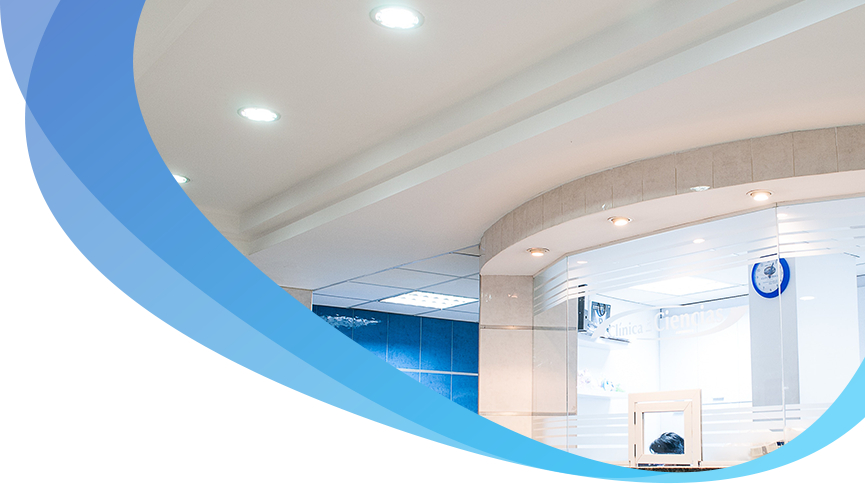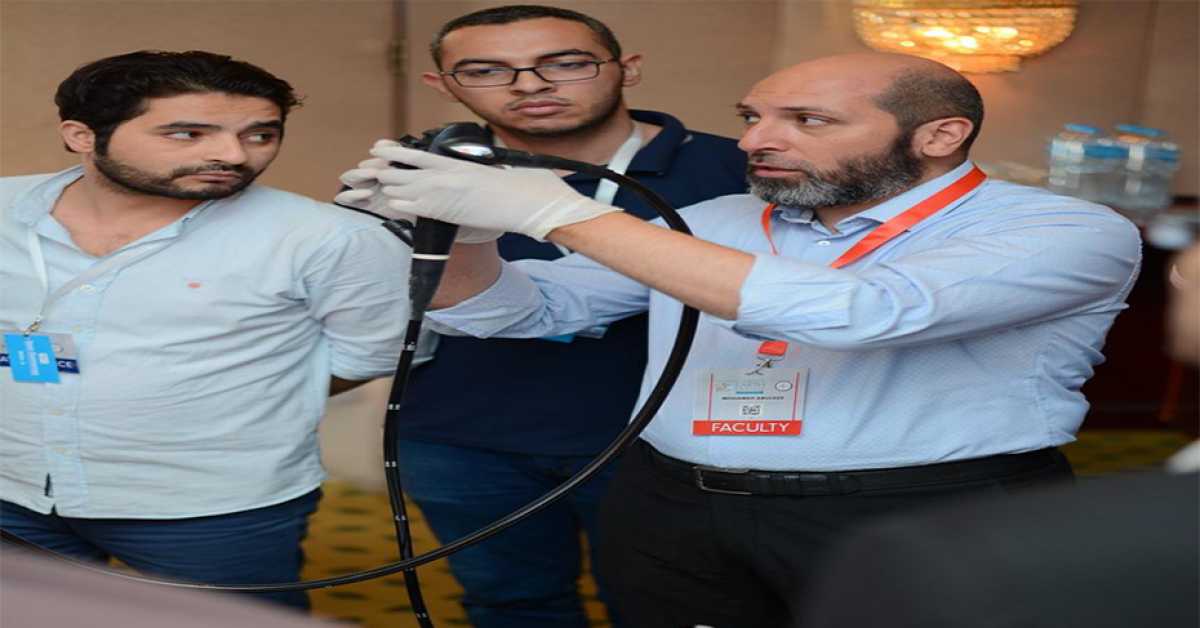News



Upper Gastro-intestinal Endoscopy (EGD)
Endoscopic Injection Sclerotherapy of oesophageal varices
Management of Gastric Varices using Glue (histoacryl)
Endoscopic Band Ligation for esophageal variceal- Esophageal dilation (cancer esophagus, benign stricture) using balloon and Savary dilators
Management of Cardiac Achalasia using ballon or botox injection
Esophageal stenting (self-expandable metallic stent)
Percutaenous Endoscopic Gastrostomy placement (PEG)
Percutaenous Endoscopic Jujenoasotomy placement (PEj)
Mucosectomy of Barret esophagus
Endoclips of bleeding duodenal ulcers
Duodenal stent
Foreign body removal
Does upper GI endoscopy have another name?
Healthcare professionals may also call the procedure endoscopy, upper endoscopy, EGD or esophagogastroduodenoscopy.
Why do doctors use upper GI endoscopy?
Doctors use upper GI endoscopy to help diagnose and treat symptoms and conditions that affect the esophagus, stomach, and upper intestine or duodenum.
Upper GI endoscopy can help find the cause of unexplained symptoms, such as
persistent heartburn
bleeding
nausea and vomiting
pain
problems swallowing
unexplained weight loss
Upper GI endoscopy can be used to identify many different diseases:
gastroesophageal reflux disease
ulcers
cancer
inflammation, or swelling
precancerous abnormalities such as Barrett’s esophagus
celiac disease
strictures or narrowing of the esophagus
blockages
Upper GI endoscopy can check for damage after a person eats or drinks harmful chemicals.
During upper GI endoscopy, a doctor obtains biopsies by passing an instrument through the endoscope to obtain a small piece of tissue for testing. Biopsies are needed to diagnose conditions such as
cancer
celiac disease
gastritis
Doctors also use upper GI endoscopy to
treat conditions such as bleeding from ulcers, esophageal varices, or other conditions
dilate or open up strictures with a small balloon passed through the endoscope
remove objects, including food, that may be stuck in the upper GI tract
remove polyps or other growths
place feeding tubes or drainage tubes
Doctors are also starting to use upper GI endoscopy to perform weight loss procedures for some people with obesity.
How do I prepare for an upper GI endoscopy?
Talk with your doctor
You should talk with your doctor about your medical history, including medical conditions and symptoms you have, allergies, and all prescribed and over-the-counter medicines, vitamins, and supplements you take, including
aspirin or medicines that contain aspirin
arthritis medicines
blood thinners
blood pressure medicines
diabetes medicines
nonsteroidal anti-inflammatory drugs such as ibuprofen and naproxen
Patient and doctor talking.
Before endoscopy, talk to your doctor about your medical history.
You can take most medicines as usual, but you may need to adjust or stop some medicines for a short time before your upper GI endoscopy. Your doctor will tell you about any necessary changes to your medicines before the procedure.
Arrange for a ride home
For safety reasons, you can't drive for 24 hours after the procedure, as the sedatives used during the procedure need time to wear off. You will need to make plans for getting a ride home after the procedure.
Do not eat or drink before the procedure
To see your upper GI tract clearly, your doctor will most likely ask you not to eat or drink up to 8 hours before the procedure.
How do doctors perform an upper GI endoscopy?
A doctor performs an upper GI endoscopy in a hospital or an outpatient center. Before the procedure, you will likely get a sedative or a medicine to help you stay relaxed and comfortable during the procedure. The sedative will be given to you through an intravenous (IV) needle in your arm. In some cases, the procedure can be done without getting a sedative. You may also be given a liquid medicine to gargle or a spray to numb your throat and help prevent you from gagging during the procedure. The health care staff will monitor your vital signs and keep you as comfortable as possible.
You’ll be asked to lie on your side on an exam table. The doctor will carefully pass the endoscope down your esophagus and into your stomach and duodenum. A small camera mounted on the endoscope will send a video image to a monitor, allowing close examination of the lining of your upper GI tract. The endoscope pumps air into your stomach and duodenum, making them easier to see.
During the upper GI endoscopy, the doctor may
take small samples of tissue, cells, or fluid in your upper GI tract for testing.
stop any bleeding.
perform other procedures, such as opening up strictures.
The upper GI endoscopy most often takes between 15 and 30 minutes. The endoscope does not interfere with your breathing, and many people fall asleep during the procedure.
What should I expect after an upper GI endoscopy?
After an upper GI endoscopy, you can expect the following:
to stay at the hospital or outpatient center for 1 to 2 hours after the procedure so the sedative can wear off
to rest at home for the rest of the day
bloating or nausea for a short time after the procedure
a sore throat for 1 to 2 days
to go back to your normal diet once your swallowing returns to normal
After the procedure, you—or a friend or family member who is with you if you’re still groggy—will receive instructions on how to care for yourself when you are home. You should follow all instructions.
Some results from an upper GI endoscopy are available right away. Your doctor will share these results with you or, if you choose, with your friend or family member. A pathologist will examine the samples of tissue, cells, or fluid that were taken to help make a diagnosis. Biopsy results take a few days or longer to come back. The pathologist will send a report to your health care professional to discuss with you.
What are the risks of an upper G.I. endoscopy?
Upper GI endoscopy is considered a safe procedure. The risks of complications from an upper GI endoscopy are low, but may include
bleeding from the site where the doctor took the tissue samples or removed a polyp
perforation in the lining of your upper GI tract
an abnormal reaction to the sedative, including breathing or heart problems
Bleeding caused by the procedure often is minor and stops without treatment. Serious complications such as perforation are uncommon. Your doctor may need to perform surgery to treat some complications. Your doctor can also treat an abnormal reaction to a sedative with medicines or IV fluids during or after the procedure.
Seek Care Right Away
If you have any of the following symptoms after an upper GI endoscopy, seek medical care right away:
chest pain
problems breathing
problems swallowing or throat pain that gets worse
vomiting—particularly if your vomit is bloody or looks like coffee grounds
pain in your abdomen that gets worse
bloody or black, tar-colored stool
fever